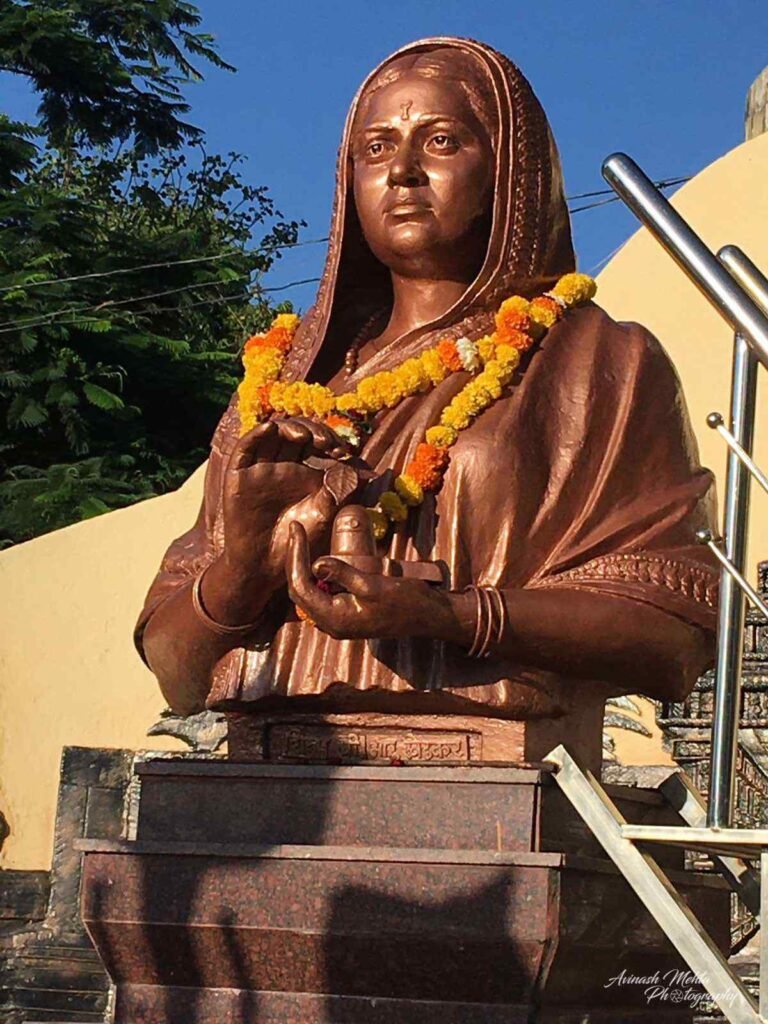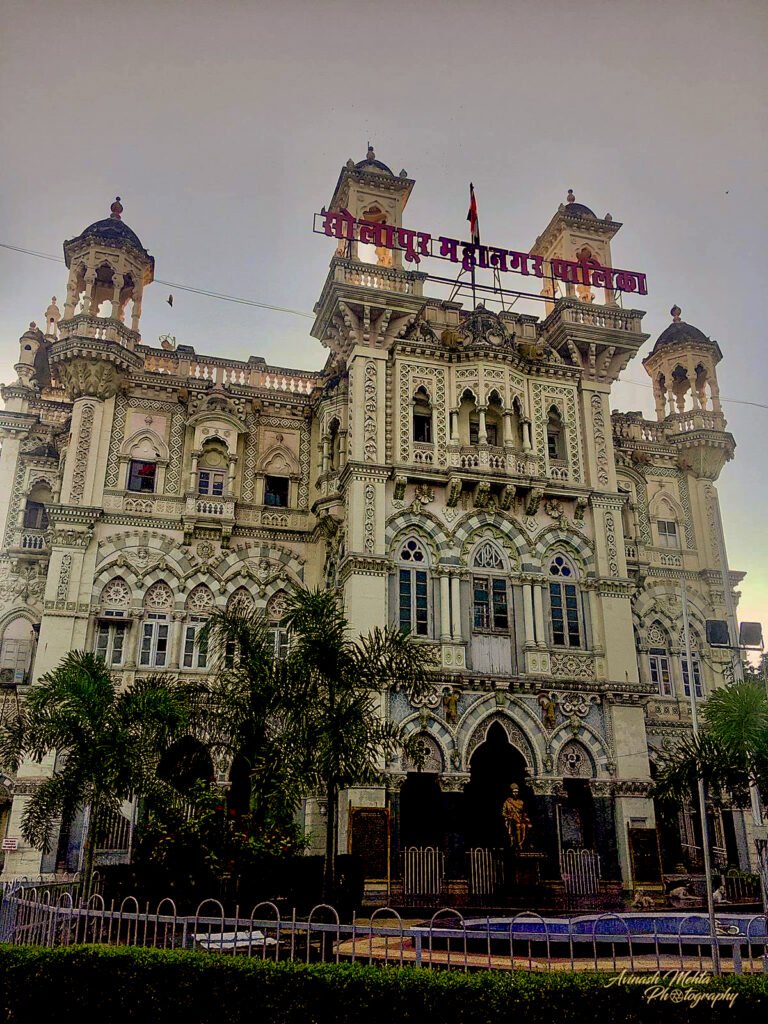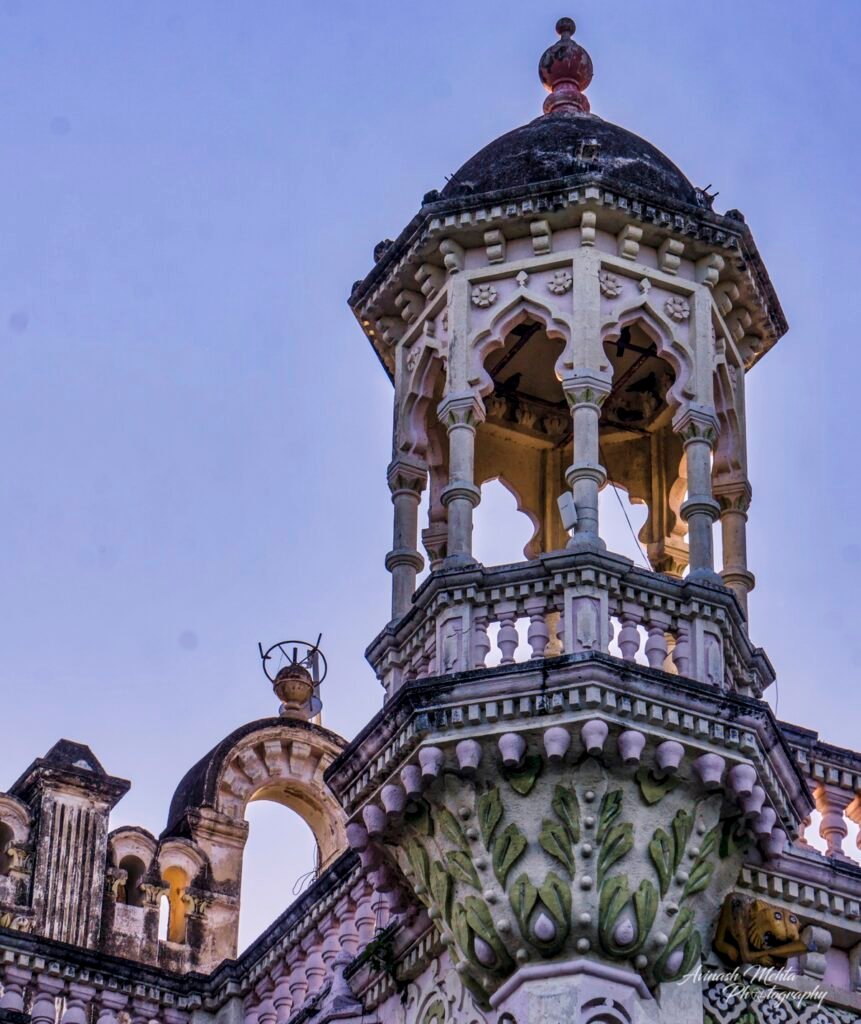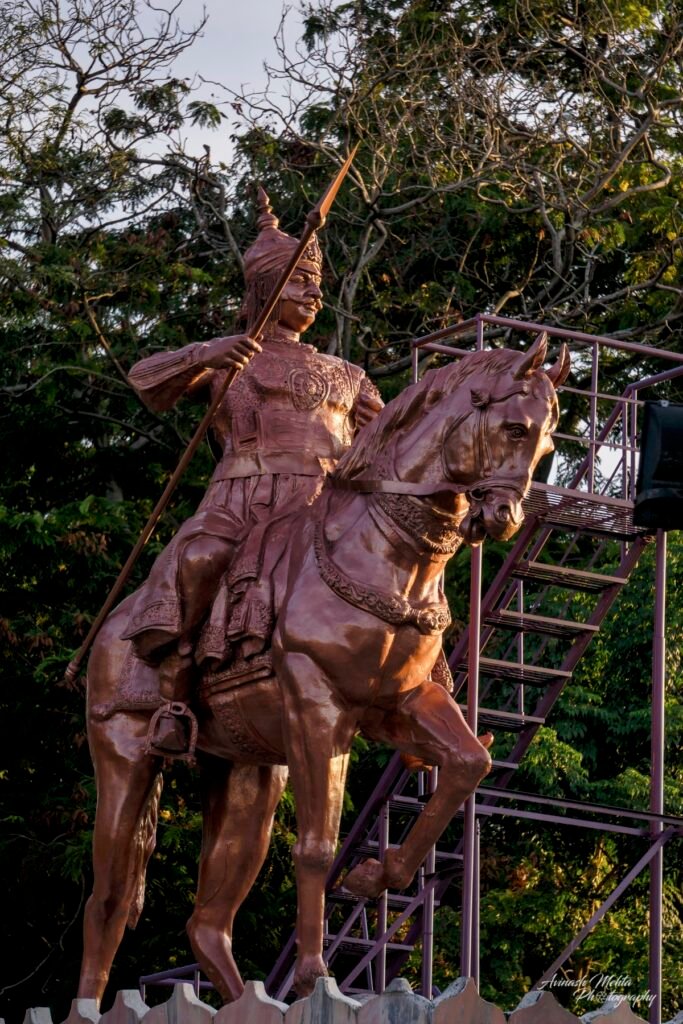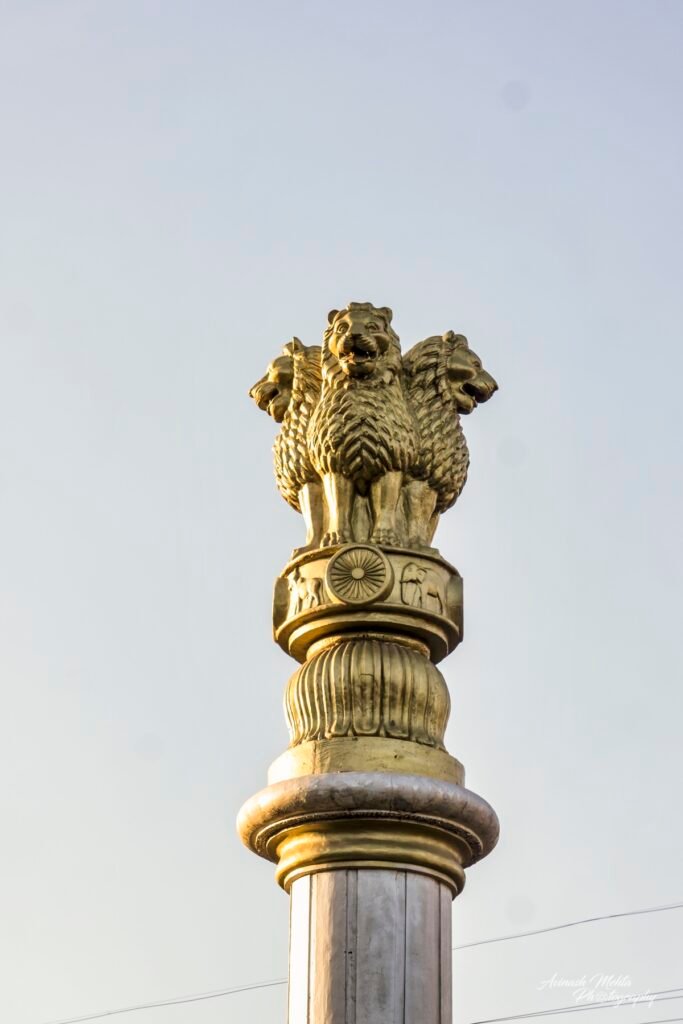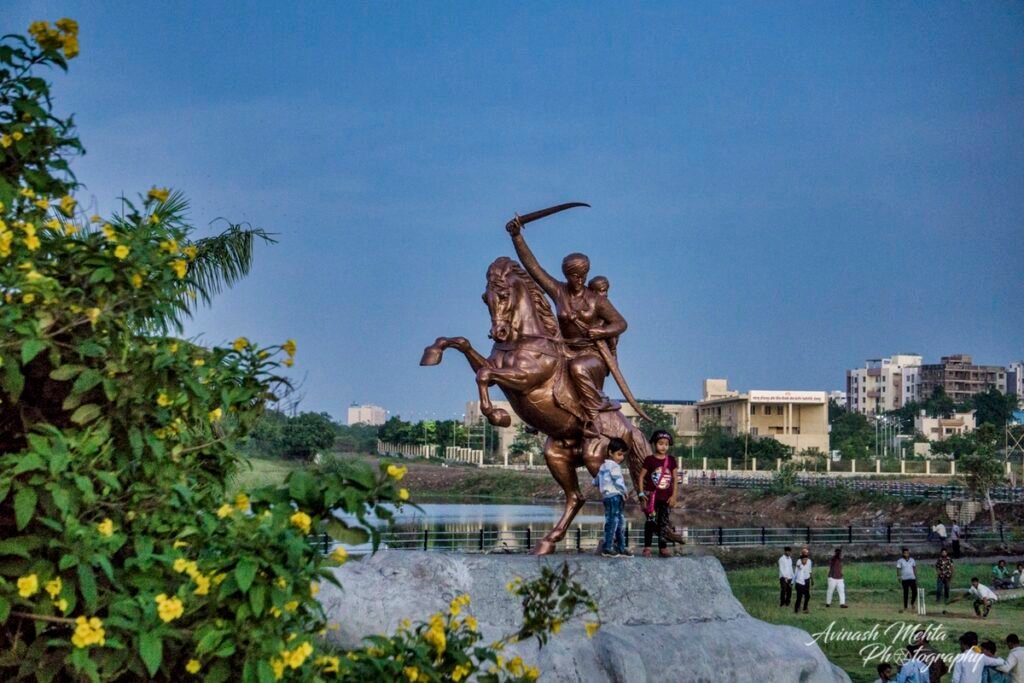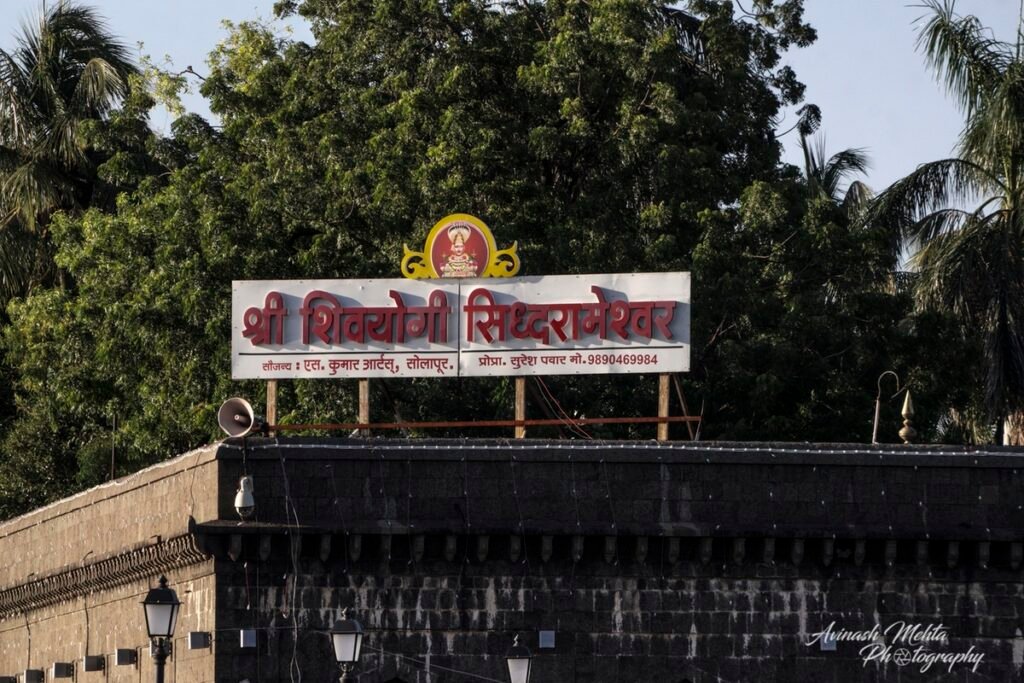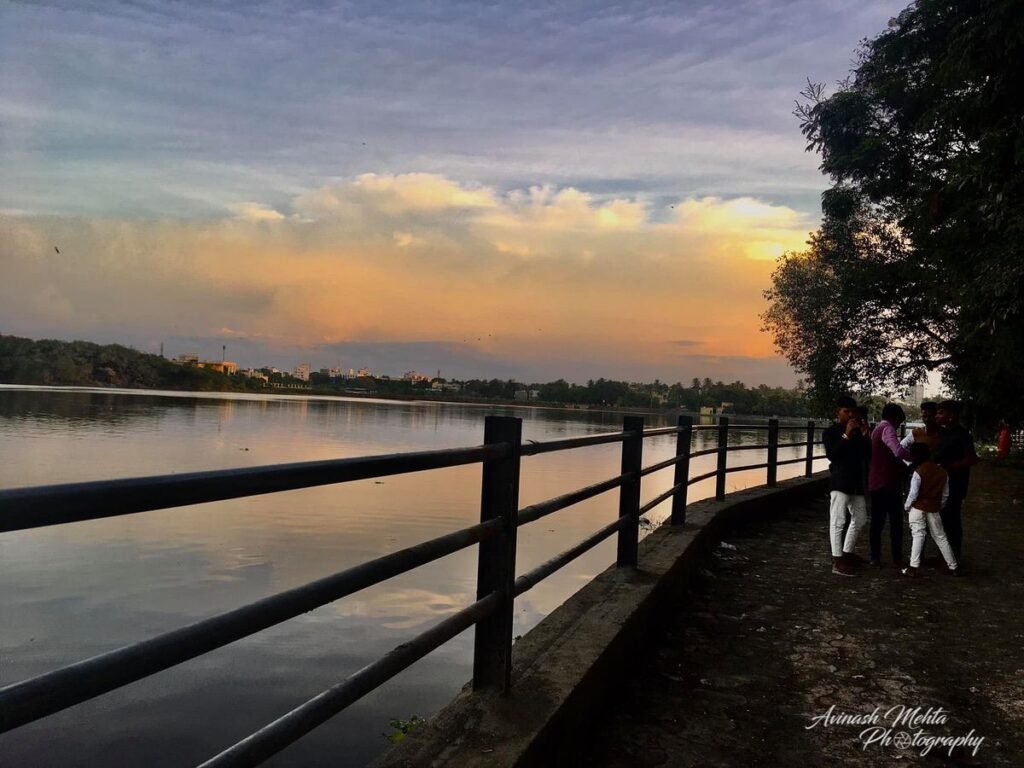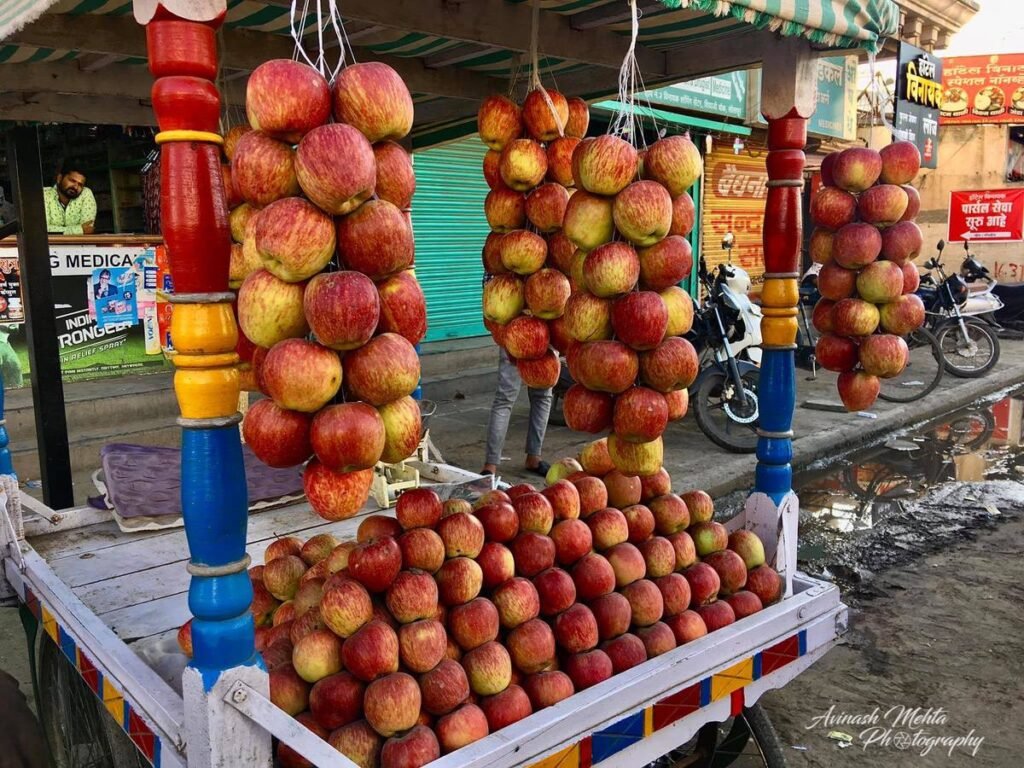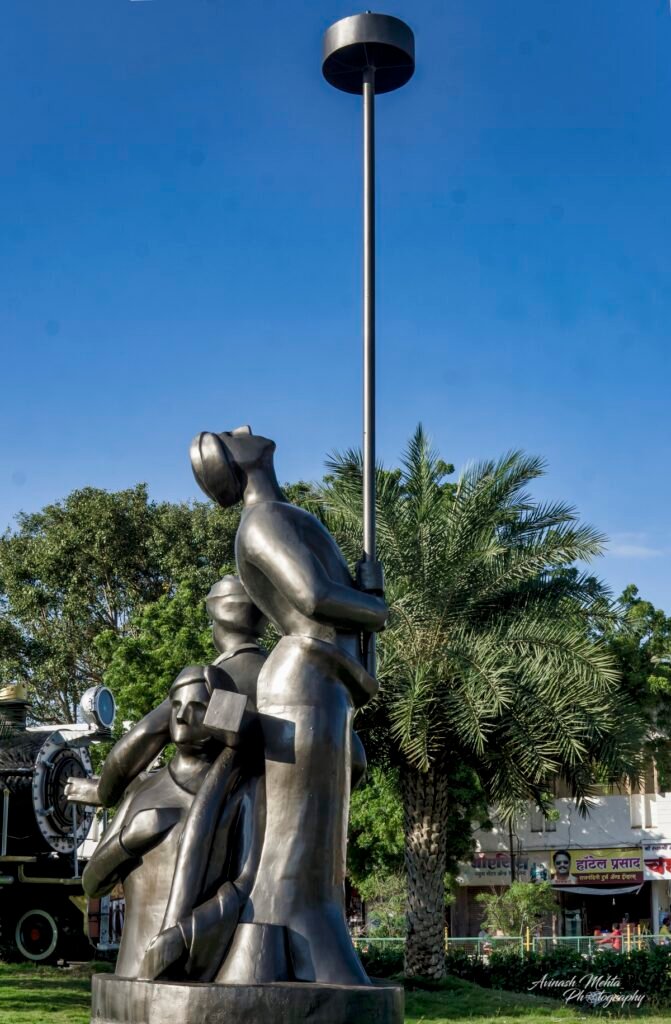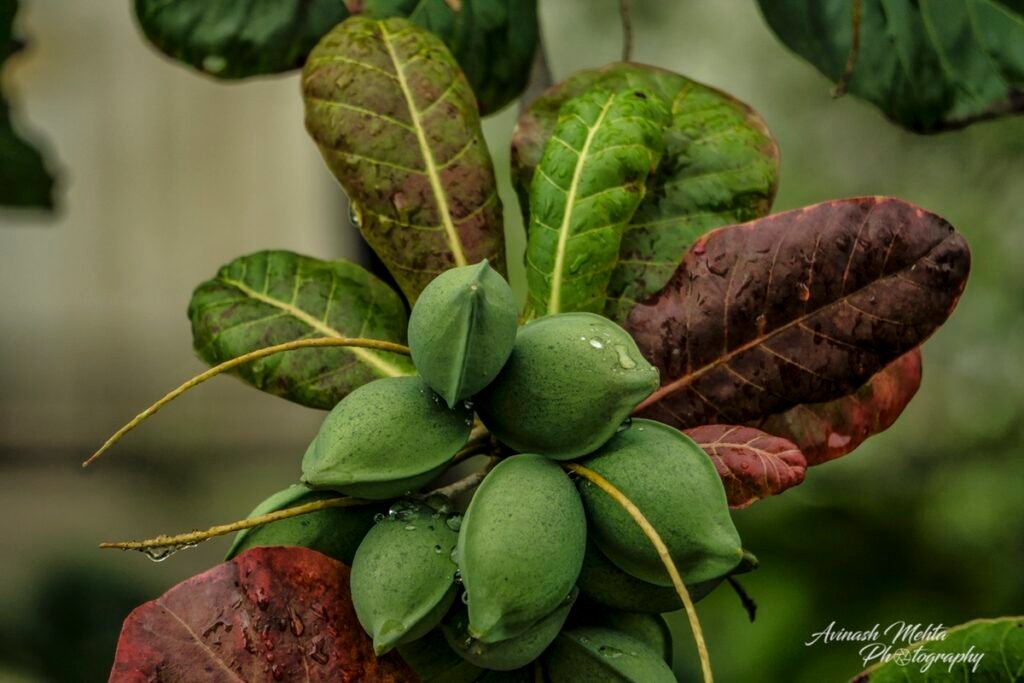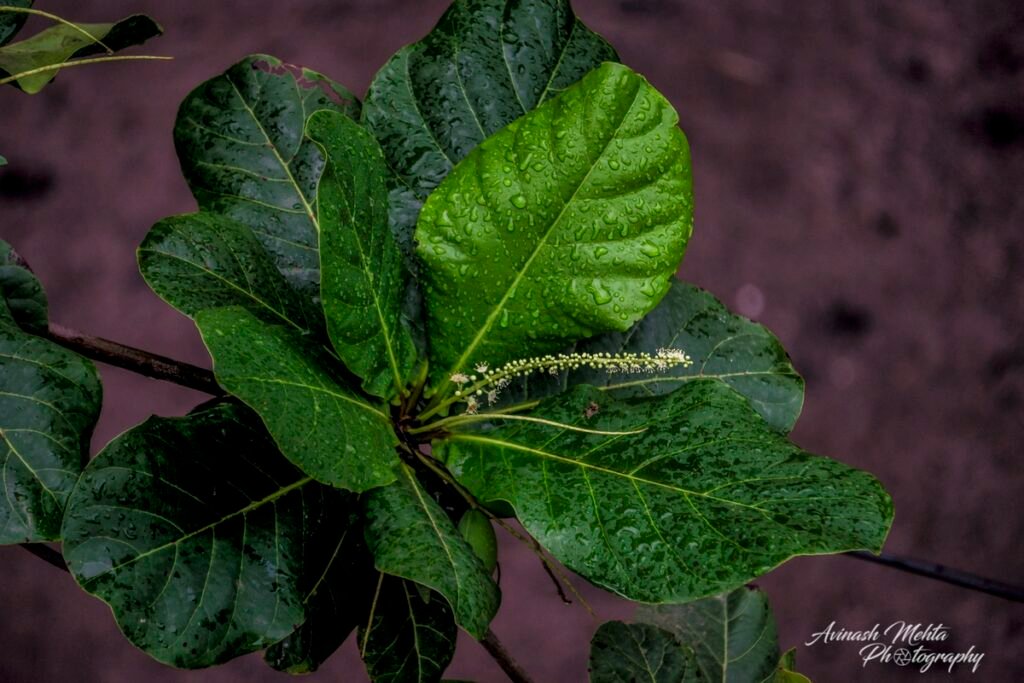Solapur is unique in the history of India
We travelled to Sholapur for the Rakhi festival. The Deccan plateau was at its picturesque best in monsoon. Our journey took us through the prosperous hinterland. Horticulture farms filled with fruit-laden trees of banana, guava, grapes, papaya, lemon, coconut and sugarcane were proof of fertile soil and a promise of a good harvest. The rains made everything look fresh and green. The sky dotted with clouds added to the charm. Along the route, I noticed that almost every house seemed to have an almond tree. Sholapur is an important medieval town located in Southern Maharashtra and is located close to North Karnataka. Upon reaching Sholapur, I was intrigued by the number of statues the city boasted of. Sholapur happened to have played an interesting role in the freedom struggle. In the summer of 1930, when Gandhi ji had been arrested, Sholapur erupted into a frenzy of anti-colonial protest. It is at Sholapur Municipal Building that Annasaheb Bhopatkar hoisted the Indian flag. Of course, the British administration retaliated and a number of freedom fighters were sentenced to death.
The Solapur District was ruled by various dynasties such as Andhrabhratyas, Chalukyas, Rashtrkutas, Yadavas, and the Bahamas. ‘SOLAPUR’ is believed to be derived from two words ‘SOLA’ meaning sixteen and ‘PUR’ meaning village. The present city of Solapur was considered tp be spread over sixteen villages viz. Aadilpur, Ahmedpur, Chapaldev, Fatehpur, Jamdarwadi, Kalajapur, Khadarpur, Khandervkiwadi, Muhammadpur, Ranapur, Sandalpur, Shaikpur, Solapur, Sonalagi, Sonapur and Vaidakwadi.
Recent research work however shows that the name SOLAPUR is derived not from the congregation of sixteen villages. It is evident from the inscriptions of Shivayogi Shri. Siddheshwar of the time of the Kalachuristis of Kalyani, that the town was called ‘Sonnalage’ which came to be pronounced as ‘Sonnalagi’. The town was known as Sonnalagi even up to the times of Yadavas. A Sanskrit inscription dated Shake 1238, after the downfall of the Yadavas found at Kamati in Mohol shows that the town was known as Sonalipur. One of the inscriptions found in Solapur fort shows that the town was called Sonalpur while another inscription on the well in the fort shows that it was known as Sandalpur.
The importance of Solapur is unique in the history of India in the sense that this district enjoyed freedom even before independence. The citizens of Solapur enjoyed Independence for three days from 9th to 11th May 1930. the Solapur Municipal Council was the first Municipal Council of India to host the National Flag on the Municipal Council building (Now Municipal Corporation) Solapur in 1930. The brief history runs like this. Taking the spirit of Dandi March from Mahatma Gandhi, the freedom fighters of Solapur decided to host the National Flag on the Solapur Municipal Council. Accordingly,
a senior freedom fighter from Pune Shri. Annasaheb Bhopatkar hosted the National Flag on 6th April 1930 on Municipal Council. This was the first and the unique incidence of such kind throughout the country. The British rulers, due to irritation declared the Marshall Law at Solapur and arrested many leaders and innocent citizens on false charges. The freedom fighters Shri.Mallappa Dhanshetti, Shri.Kurban Hussain, Shri.Jagannath Shinde and Shri. Kisan Sarda was arrested on charges of killing two Policemen of Mangalwar Police Station. The lower court sentenced the punishment of hanging till death for these freedom fighters. The High Court also confirmed the same decision and these four freedom fighters were hanged till death on 12th January 1931. As a mark of respect to these freedom fighters, the Statues of these freedom fighters have been installed in the heart of the City and the location has been named as Hutatma Chowk.
राखी के त्यौहार पर हमें शोलापुर जाने का मौक़ा लगा।चारों तरफ़ हरियाली व पूना से शोलापुर पूरे रास्ते फलों के (केला,अमरूद ,अंगूर,गन्ना,पपीते , नींबू व नारियल) लहलहाते खेत देखने को मिले यहॉं की ज़मीन भी बहुत उपजाऊ है।बारिश का मौसम होने की वजह से मौसम बेहद ख़ुशनुमा था नीले सफ़ेद बादलों की चादर के नीचे हरियाली से नहाई धरती मनोरम छवि बिखेर रही थी।यहॉं एक चीज़ मैंने ये देखी कि क़रीब क़रीब हर घर में एक बादाम का पेड़ लगा होता है।
शोलापुर पहुँचे तो देखा यहॉं के हर चौराहे पर सुन्दर सुन्दर मूर्तियाँ लगी थी तो जानकारी पढ़ने से मालूम चला कि देश की आज़ादी में शोलापुर की भी अहम भूमिका रही।








